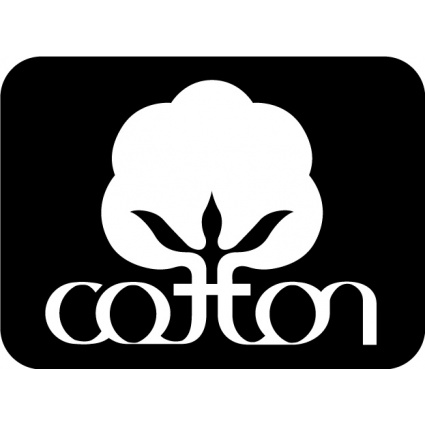One of the first things many consumers do when shopping for apparel or home furnishings is read the label to see what fiber a fabric is made from. The government has made this a requirement, per the Textile Fiber Products Identification Act (15 U.S.C.70), the Wool Products Labeling Act (15 U.S.C. 68), the Fur Products Labeling Act (15 U.S. C. 69), as well as the Federal Trade Commission (FTC) implementing rules found at 16 C.F.R. parts 303,300 and 301.
Respectively, these guidelines require that most textile, wool, and fur products have a label or tag disclosing the fiber or fur content. They’re also required to identify the business name, or other identification issued and registered by the Commission of the manufacturer, importer, distributor, or seller, and the country of origin.
Here’s The Catch, Though
Nonwoven fabrics do not have this labeling requirement. Therefore, usually the consumer does not know what fiber is used to make the product. The bad news is that companies marketing nonwoven fabrics are very good at misleading consumers into thinking that their products contain customer-preferred cotton. For example, they use words and phrases like “cottony soft” and “soft cotton touch” to describe their products.
Since these products are generally white, soft, and absorbent, most consumers believe that they are made with bleached cotton. The truth is your disposable wipes, diapers and feminine hygiene pads normally contain no cotton.
Of Course, No Cotton Makes No Sense
 Why is this somewhat illogical? Because market research by Cotton Incorporated shows that 65% of consumers would like to see fiber content on the wipes package, and 62% reported that fiber content information would influence their purchase decision. 77% of consumers said cotton is their preferred fiber for wipes. We’ve discussed these numbers plenty of times before, but they’re always worth highlighting.
Why is this somewhat illogical? Because market research by Cotton Incorporated shows that 65% of consumers would like to see fiber content on the wipes package, and 62% reported that fiber content information would influence their purchase decision. 77% of consumers said cotton is their preferred fiber for wipes. We’ve discussed these numbers plenty of times before, but they’re always worth highlighting.
Furthermore, 80% of consumers preferred cotton fiber for use in feminine hygiene pads and liners. And 75% of those in the study said that fiber content on incontinence products packaging would influence their purchase decision, while 59% would be willing to pay more for cotton protection products than they pay for their current brand.
The Seal of Cotton logo is available to be used on nonwoven products to identify that the fabric contains cotton. It should come as no surprise that 90% of all consumers recognize the Seal of Cotton trademark. For more information, contact Jan O’Regan at Cotton Incorporated.
Want to learn about how cotton is a reliable fiber? Feel free to visit our Cotton Safety page.
